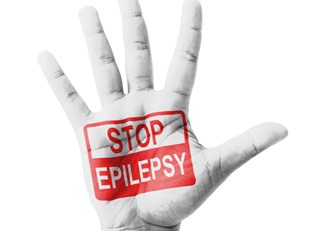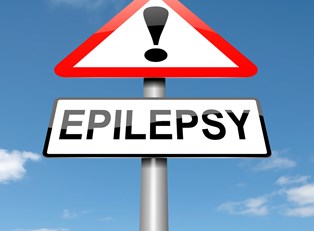For many people, the word epilepsy carries a great deal of stigma. It may bring to mind an image of a person violently shaking on the floor, biting his tongue, and foaming at the mouth. In your mind, it may be tied to mental illness and unpredictability. Thanks to 17th-century teenagers in Salem, Mass., you may even associate epilepsy with witchcraft. Admittedly, what occurs during a seizure can be quite sobering to witness. Although epilepsy can be life-threatening, it may not be as frightening as you think—especially when you know what is myth and what is fact. Here are five common beliefs about epilepsy that are simply false.
- "You should restrain someone who is having a seizure."
Helping may actually be hurting. While a seizure may look painful due to the sudden rhythmic jerking or shaking you’ll see, you must know that it isn’t. In fact, restraining someone during a seizure will do more harm than good. To help a victim avoid injury, help him onto his side and create a safe space by clearing the immediate are of furniture or other objects. Place something soft under the head to cushion against injury. Most seizures only last a few seconds to just a few minutes.
- "A person having a seizure will swallow his tongue."
No worries. Your tongue isn’t going anywhere. It is physically impossible to swallow your tongue because it is anchored to the floor of your mouth by a thin piece of tissue called the frenulum linguae. Often well-meaning bystanders will attempt to place a pencil or a wallet into the mouth of someone having a seizure. Doing so will almost always result in chipped teeth, jaw injuries, and possible airway obstruction. The best thing to do is turn the person on their side so that anything in the mouth can come out. Cushion the head and wait it out. When worried about tongue swallowing, just remember: let the frenulum be a victim's friend.
- "Epilepsy is rare."
The Epilepsy Foundation reports that nearly 2 million people in the United States have the disorder, with 150,000 new cases reported every year. Epilepsy is currently ranked at the top of the most common neurological disorders list, along with migraines, stroke, and Alzheimer’s disease. One in twenty-six people will be diagnosed with epilepsy, with most occurring during childhood or beyond age 55.
- "People with epilepsy have stunted mental capacity."
When was the last time you read Crime and Punishment? A Tale of Two Cities? Both Fyodor Dostoyevsky and Charles Dickens suffered from epilepsy. Although cognitive function may be affected during a seizure, being seizure-prone does not necessarily impact intelligence. Many successful people have epilepsy, including actors, political leaders, and corporate executives.
- "If you have had a seizure you have epilepsy."
Epilepsy is characterized by recurring seizures that are unprovoked (not caused by something else like a stroke, head injury, infection, or substance withdrawal). Febrile seizures, for instance, occur when a child suffers from an extreme fever. These seizures are thought to have been provoked by the fever and not caused by some abnormality in the brain and therefore would not necessarily require anti-epileptic drug therapy (AEDs).



